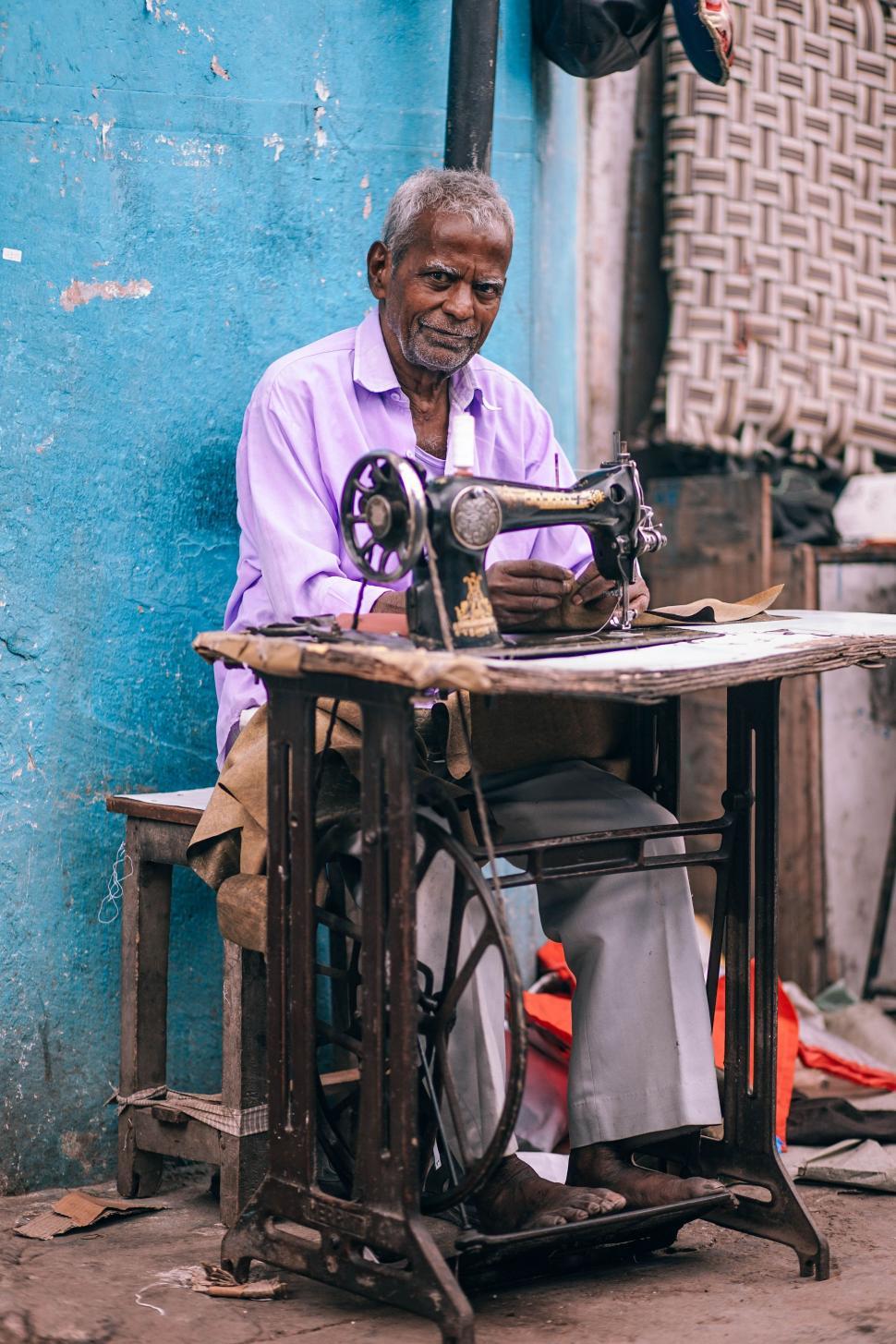Tailor Perth Professionals: Boost Your Style with Custom Tailoring
Wiki Article
Recognizing the Tailoring Refine: From Material Choice to Final Suitable for the Suitable Closet
The tailoring process is a complicated interplay of art and scientific research, starting with the critical choice of fabric option and culminating in the accurate changes of final installations. Each material kind brings special top qualities that influence not just the aesthetic charm but also the garment's longevity and suitability for various occasions.Significance of Material Option
Selecting the appropriate fabric is vital in the tailoring procedure, as it straight affects the comfort, sturdiness, and total aesthetic of the final garment (tailor perth). The choice of textile establishes the foundation for the garment's design, efficiency, and capability. Different textiles have distinct homes, such as stretch, breathability, and weight, which can significantly affect exactly how the garment drapes and fits the bodyAdditionally, material option affects the garment's durability and ease of care. High-quality fabrics can endure damage, preserving their appearance and structure over time, while lower-quality materials might result in pilling or fading. Furthermore, the right fabric contributes to the garment's capacity to change across seasons and celebrations, thus enhancing flexibility.
A tailored item made from an ideal material not only showcases workmanship however also elevates the wearer's self-confidence. Recognizing the subtleties of textile option is extremely important for any tailoring undertaking. It makes sure that the end product not only fulfills the visual wishes of the client however also straightens with useful demands, thus achieving an unified balance in between kind and feature in the tailored closet.
Kinds Of Fabrics and Their Usages
Understanding the numerous types of textiles offered is essential for making educated choices during the customizing process. Each textile possesses special qualities that determine its viability for specific garments and events.Its adaptability permits it to be customized into whatever from t-shirts to outfits. Its natural elasticity assists garments keep shape over time.
Silk emanates deluxe and is lightweight, making it ideal for eveningwear and fragile shirts; nonetheless, it requires mindful handling because of its delicacy. Bed linen, with its distinctive finish, is a preferred option for warm climates, offering a airy and crisp feeling, but it wrinkles quickly, which might influence the garment's appearance.
Synthetic fabrics, such as polyester and nylon, deal resilience and resistance to wrinkles, making them suitable for daily wear and active clothing. Comprehending these fabric types and their residential properties enables far better decision-making, making certain that each customized piece not just fits well however likewise aligns with the designated purpose and celebration.
The Tailoring Methods Clarified
The art of tailoring relies upon a range of techniques that change fabric into well-fitted garments. Central to this procedure is pattern composing, where a dressmaker develops design templates based upon the customer's measurements and desired design. This preliminary step guarantees that the garment will fit the user correctly prior to any cutting takes place.Once patterns are developed, reducing techniques enter play. Accuracy is extremely important as errors can Get the facts cause misfitting garments. Tailors typically utilize various cutting techniques, such as single-layer cutting for complex designs and multiple-layer reducing for efficiency on common patterns.
Basting is an additional crucial method, allowing tailors to momentarily sew material assemble for a preliminary fitting. This technique offers the possibility to examine the drape and total silhouette before final sewing.
Seaming strategies, consisting of french joints and flat-felled seams, improve the garment's sturdiness and aesthetic allure. Tailors likewise employ strategies such as interfacing and padding to give framework and shape to certain areas, like shoulders and collars.
Lastly, ending up methods, including hemming and edge ending up, make sure the garment's durability while offering a polished appearance. With each other, these strategies develop the backbone of effective customizing, causing splendid, tailor-made clothing.
Suitable Adjustments and Considerations

Secret considerations include the shoulder fit, which must neither droop neither restrict movement, and the sleeve size, which need to enable comfortable arm motion while keeping a refined appearance. Furthermore, adjustments at the waist can improve the shape, with alternatives to allow out or take in fabric as required.
The rise of trousers is an additional crucial element; it ought to rest pleasantly over the hips without triggering pain, permitting simplicity of activity. Hemming sizes for both trousers and skirts need to mirror the user's preferred design while respecting proportions.

Maintaining Your Tailored Clothing
Constantly follow the care tag directions, which may suggest completely dry cleaning for fragile textiles or device washing for even more resilient materials. Prevent frequent laundering, as this can wear down the material and modify the garment's shape.Storage space is similarly crucial; use padded wall mounts for jackets and my blog layers to preserve shoulder structure, and shop trousers folded neatly or hung to avoid creasing. Shield garments from direct sunshine, which can discolor colors and damages fibers.
Additionally, periodic assessments for small fixings can protect against bigger concerns. you could try this out Examine for loosened buttons, fraying seams, or signs of moth damage, addressing these problems promptly to keep the garment's stability.
Last but not least, think about seasonal turning. Putting on tailored pieces in small amounts allows fabrics to recoup, prolonging their life-span. By implementing these maintenance strategies, you can guarantee that your customized garments remain as beautiful as the day you first used them, improving your ideal closet for many years to find.
Final Thought
The customizing procedure, encompassing material choice, proficient methods, and precise suitable changes, plays a vital function in producing garments that improve both convenience and design. Understanding the value of maintenance expands the life of tailored garments, strengthening their value in a well-curated wardrobe.Selecting the ideal textile is vital in the customizing process, as it directly influences the comfort, toughness, and general visual of the final garment. The choice of fabric sets the foundation for the garment's capability, style, and performance. Various materials possess special residential or commercial properties, such as stretch, breathability, and weight, which can considerably influence exactly how the garment drapes and fits the body.
The art of customizing counts on a range of methods that transform textile into well-fitted garments.The tailoring procedure, including textile option, skilled strategies, and accurate suitable adjustments, plays an important duty in developing garments that improve both convenience and style.
Report this wiki page